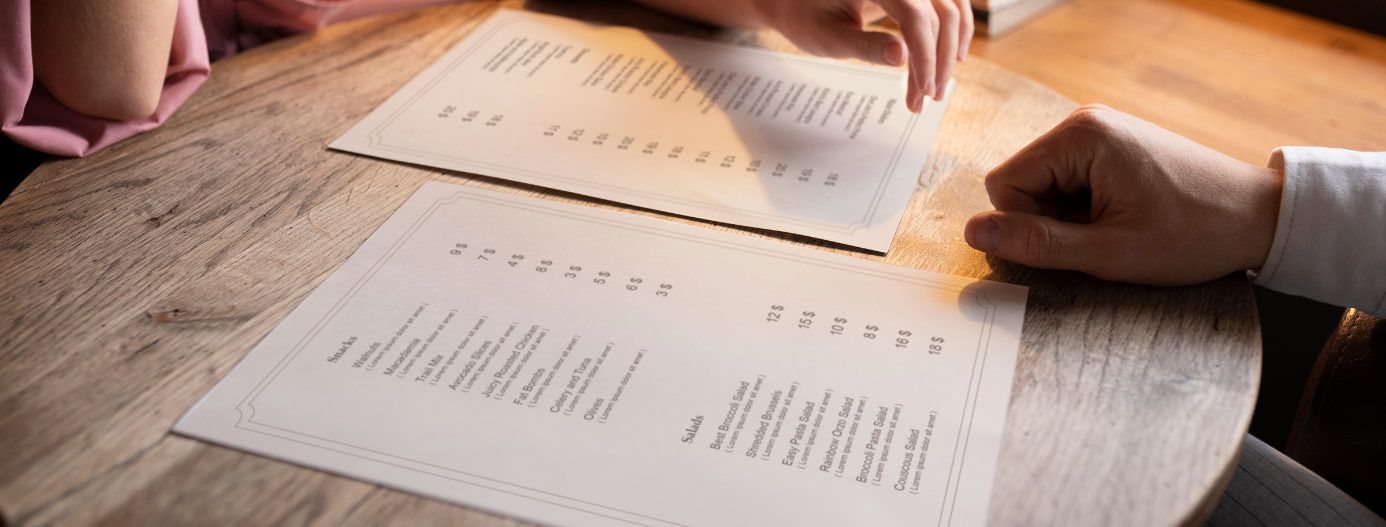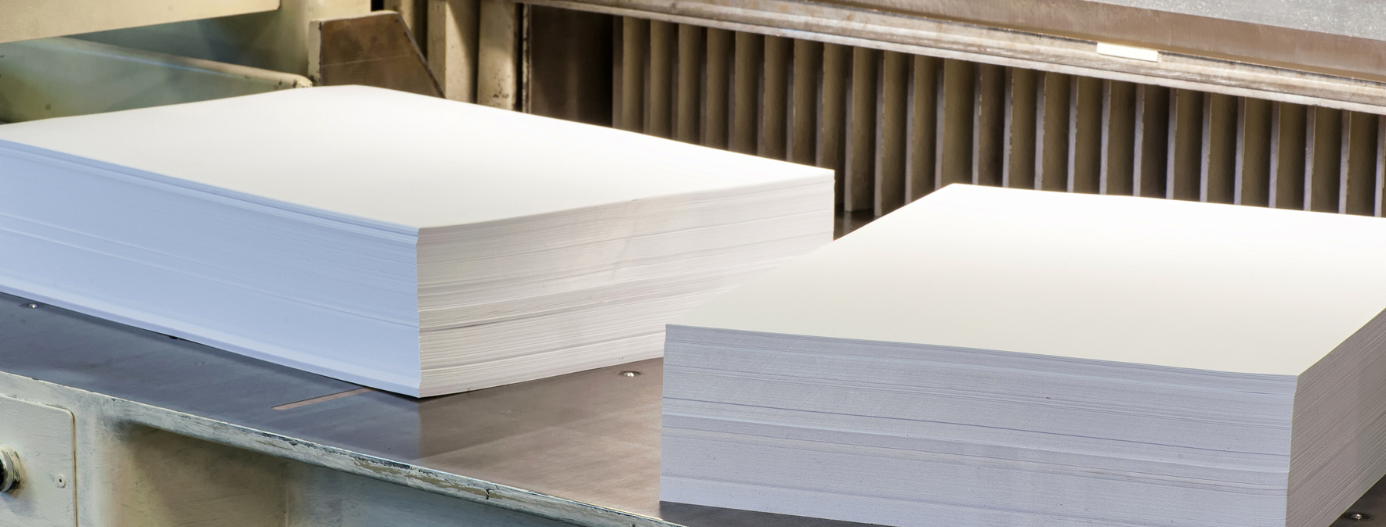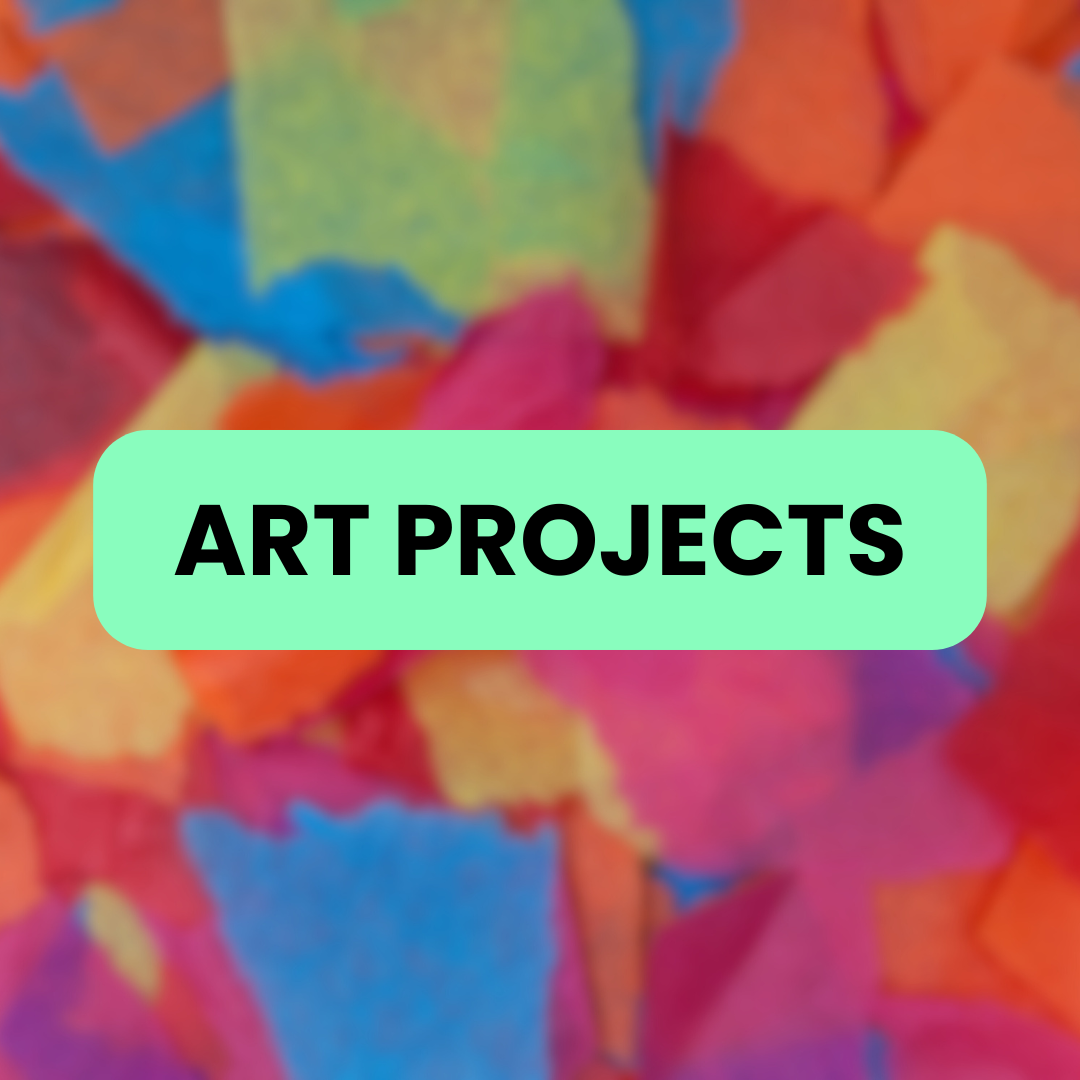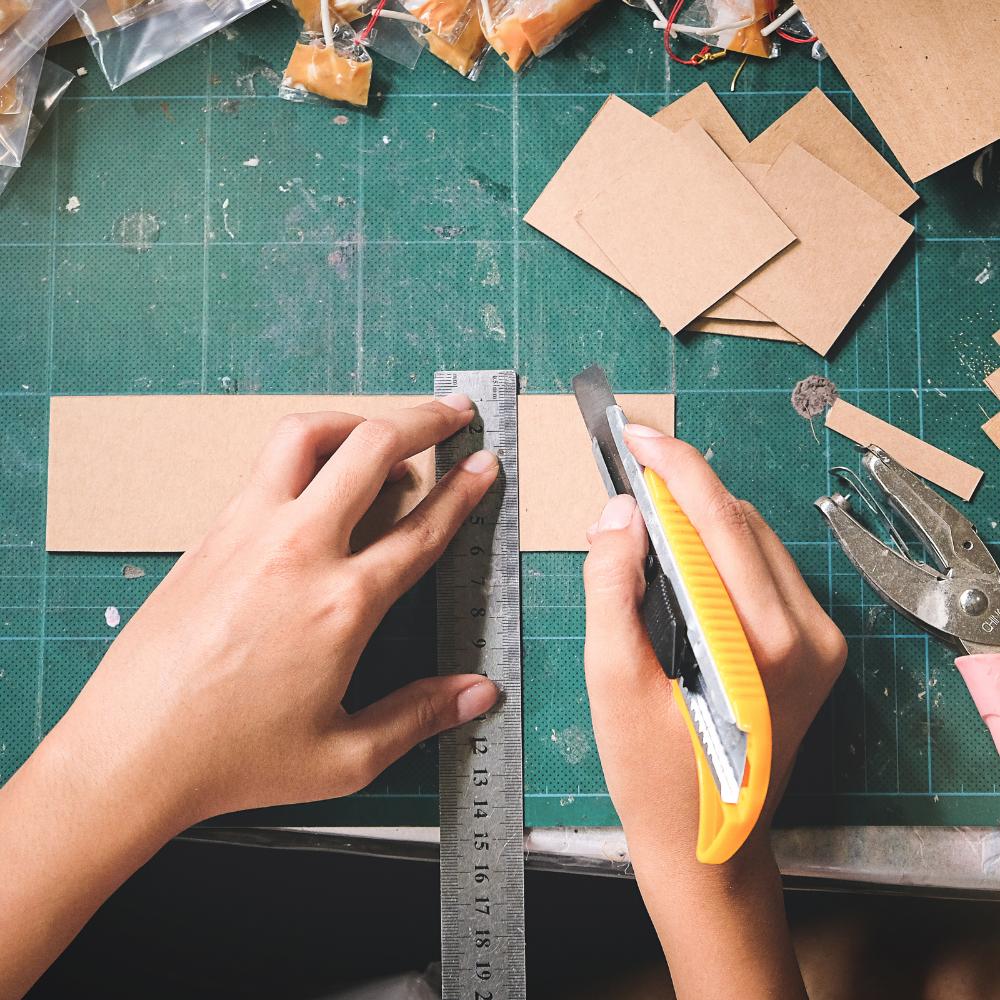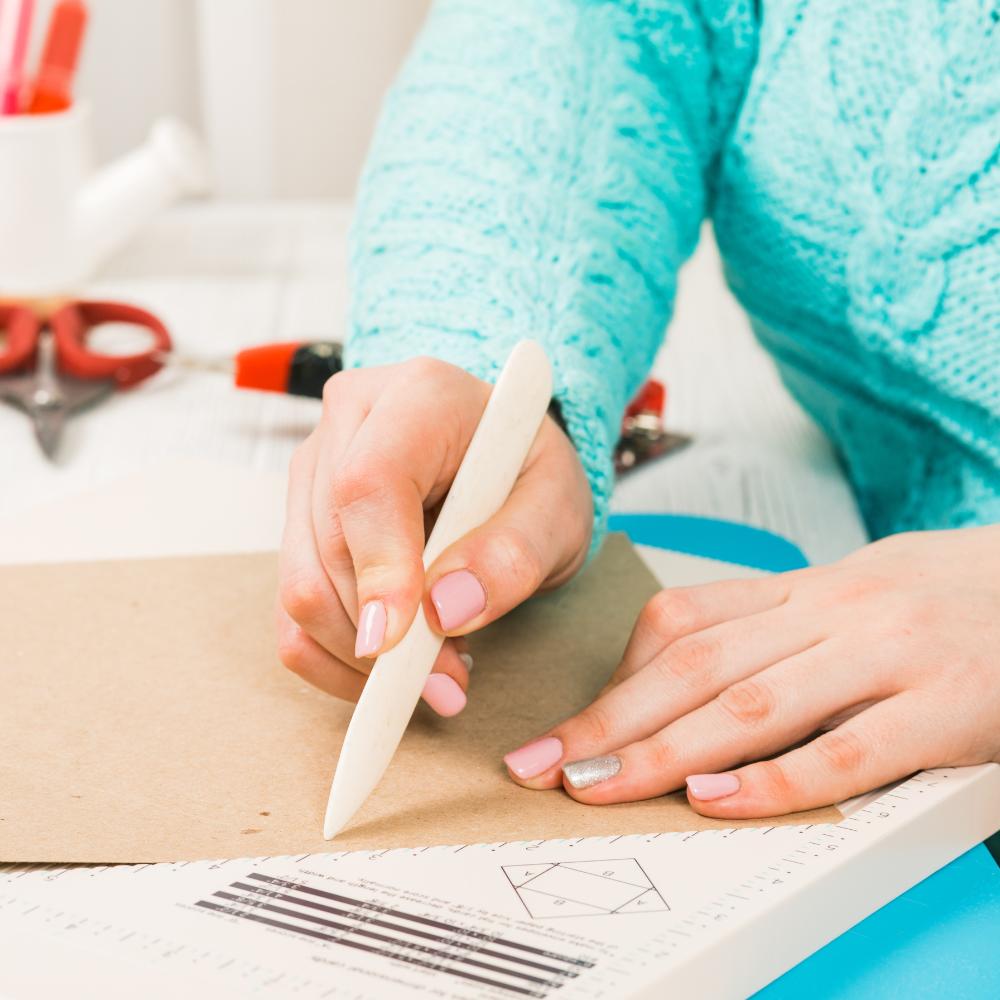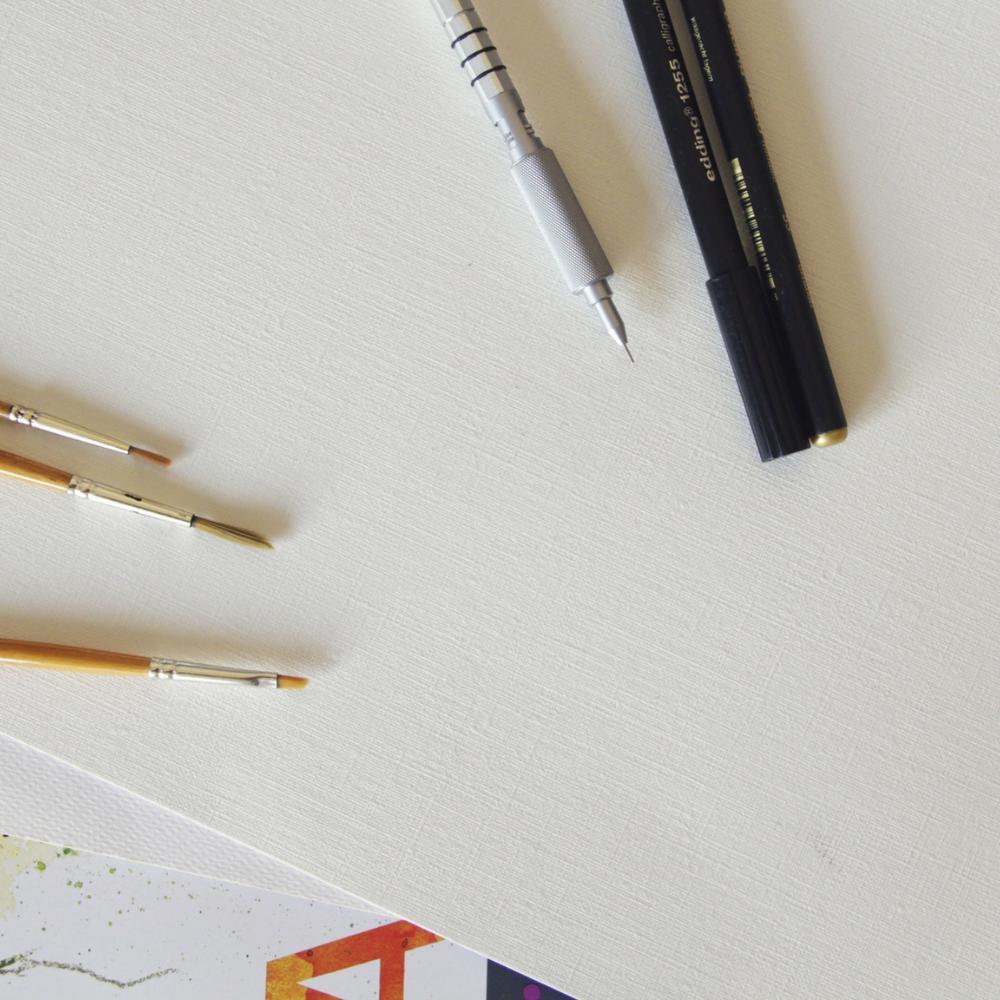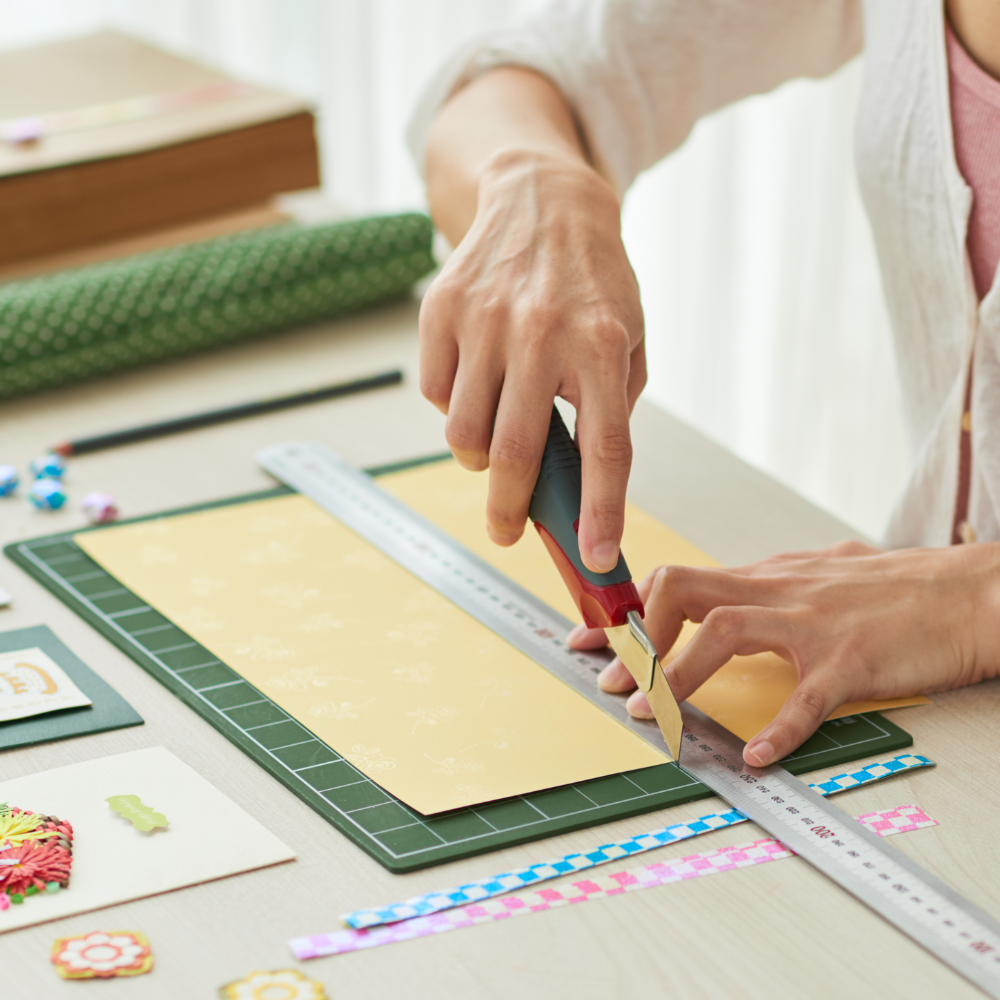Start Your Sustainable Art Journey Today
Art has been part of our lives and culture for centuries. There is clear evidence of art paintings and drawings being done by our ancestors on cave walls, pristinely preserved through centuries for us to witness and learn their ways from.
But there is no point in expressing any level or kind of creativity through art if it is harmful for the environment. Especially in today's world where sustainability and preservation of the environment is a global concern, we have to rethink our art practices as well.
Sustainability might have been commonly discussed or illustrated through art and today, with all of us at ThunderBolt paper, we are going to explore sustainable art. Here is your guide to get started with on your journey to sustainable art.
Is art really necessary?
Even if you may claim to never have anything to do with art, you still experience it in one way or another. Art includes an infinitely diverse collection of activities, including the resulting product, which primarily involves an expression of creative or imaginative talent.
More than just making things pretty, we need art around us to make us part of something that helps us feel or experience something that we can't perceive directly. Art is paramount in our lives to add beauty, creativity, passion and inspiration to our existence.
We need art to document ideas, current events, history, culture, inventions, feelings, imaginations, along with abstract thoughts too, but none of it has to be done at the cost of destroying the environment. This is the reason why we need sustainable art.
How can we make art eco-friendly?
Just as we have been discussing in recent articles, sustainability is the foresight in fulfilling all of our needs without having to compromise the resources or state of our environment for our future generations. So in the case of art, we can switch to materials practices and ideologies that support protecting the environment. You can begin with the following steps:
Sustainable supplies
When it comes to art, you obviously need supplies at one point or another. Whether it is paper craft, oil painting or making sculptures, you will need specific kinds of art supplies.
What you can do is to make sure all your art supplies are sourced from sustainable resources and do not harm or impact the environment from the source up to reaching you.
Ensure that you are not being greenwashed by keywords such as vegan non-irritating organic etc. and dig a little about the truth behind these claims.
Trying upcycled materials
The ultimate way to create art that supports the environment includes upcycling the materials we already have in a major way. There are a lot of things that are thrown in waste by unsuspecting users without considering just how much trash they are adding to the landfills already.
By upcycling or reusing what you can or source materials that have been discarded by consumers such as furniture wood to fabrics from your local facilities for disposal, making it a circular approach for sourcing materials.
Considering digital art
If at all you wish to get rid of the sourcing materials step for art, you can move over to digital art. It removes the step where you have to worry about clay, paint, metal, fabric or paper and create art without direct impact on the environment.
We may not be able to see the impact digital art may have such as the use of electricity or the carbon footprint it may leave, but you can try to educate yourself of the same and find a sustainable balance that works for you.
In case you wish to print your digital, make sure to explore the options you have in terms of photo or art printing paper and pick the ones that are recycled while being recyclable, compostable and biodegradable.
Limiting waste
When it comes to any aspect of our lives that requires sustainability, the biggest change that is simply non-negotiable is the need to reduce waste.
There is an imaginable amount of trash that gets collected in landfills, polluting land water and oceans, simply because we keep on buying things and throwing them in trash without thinking twice how it'll impact us in the end.
It's critical to reduce what we use and limit the amount of trash we add to the pile for fulfilling the sustainability goals.
Even if all this seems easy, it might be a slight challenge at first to change your ways for the sake of the environment. But we would love to hear about your experience or feedback in the comments below or through any of our social media channels. Have you started with some sustainable art?


